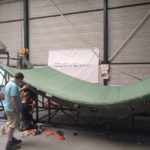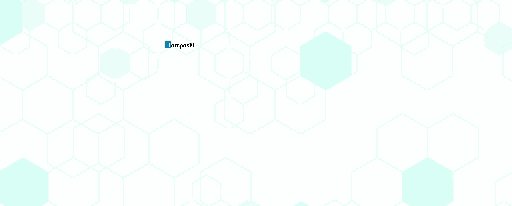A number of organizations, including the Fraunhofer Institute for Laser Technology ILT, are offering aid and public funding for Covid-19 projects as part of the EU-based AMable project.
AMable project
AMable is a group of people from different organisations that aim to create a new eco-system for the uptake of additive manufacturing (AM). Those people provide a wide based of expertise from technology, business and training. The European Commission supports this consortium under the framework of I4MS with funding from the H2020 framework program and with guidance towards an open platform for European companies.
The prime target group are small and medium sized companies (SMEs) that need support in the uptake of additive manufacturing. AMable aims to empower people in those companies to enhance their skills rather than doing the job for the people. The eco-system however will develop a wide spread offering from scientific support through skills and education to commercial service offers.
Call for Solution Ideas (Covid-19)
Nowadays, the Covid-19 challenges numerous areas of our society, especially in medical sector. Actually, we see shortages in medical equipment from protective masks to disinfection fluids. For this reason, AMable decides to support the development of products that can be made available instantly and that can support Covid-19 challenge.
Then, the companies are calling for ideas to be submitted initially and applicable solutions for the additive manufacture (AM) of new products for use in hospitals and medical practices in a second step. The solutions could be funded with part of a €350,000 total.
“There are already many ideas from small and medium sized companies (SMEs) for solving this pressing problem with the aid of additive processes,” said Ulrich Thombansen, project coordinator and scientist at Fraunhofer ILT, Research partner of AMable. “We are investigating in which cases 3D printing can be used to produce components faster and more reliably than conventional processes and how current needs can be met as quickly as possible with new solutions.”
Currently there is a greater demand for small 3D printers on site so that products can be produced locally and on demand, Thombansen said.
Ideas can be submitted here.
AMable is supported by the European Commission under Grant Agreement #768775.












